Beauty in Chinese Medicine and Facial Gua Sha
17/11/20
We are expressive beings and we use our faces a lot.
Our facial muscles are constantly engaged, and over time, certain emotions can leave a more permanent mark in the form of wrinkles, for example.
In Traditional Chinese Medicine (TCM), it is said that the Shen (spirit, consciousness, mind) manifests in the face and the Eyes. When we look at the face of an elderly person, for example, we can see traces of their life story in their features. That's the Shen that has manifested there, through emotions and expressions, leaving its mark. Of course, these changes are physiological and healthy, but when combined with the tensions caused by stress and poor posture of "homo-sedentarius" who spends hours looking at their cell phone and computer, it can create stagnation in the neck and face.
Stagnation means poor circulation.
Poor circulation of Qi (vital energy), blood, lymph, and nutrients can result in tensions, acne, dull complexion, slow healing, edema, sagging, and dry skin, among other things.
What can we do to release stagnation and restore movement and circulation? Several things! Improve posture, exercise, reduce stress, be aware of emotions, but my favorite is facial massage. Self-massage with hands, a jade roller, a gua sha, or other tools.
When the energy flows, the face glows.
In TCM, beauty is considered a reflection of the overall state of the body. Depending on which organ or substance is imbalanced, the signs, symptoms, and appearance of the face will vary. Therefore, in esthetic acupuncture treatments (yes, it's a thing!), the acupuncturist will ask various questions about the person's health to identify the imbalance and address the issue at its source, while also working locally on the face. It's a holistic approach to beauty.
Facial Gua Sha
Massaging the face helps strengthen the skin's protective barrier by activating the Wei Qi (protective/defensive Qi) located at the surface. Moreover, facial massage helps release tensions and adhesions in the fascia and muscles (promotes Qi circulation), improves lymphatic circulation (moves Body Fluids), and helps calm the nervous system (calms the Shen). These are all factors that can influence the health, beauty, and vitality of your face.
While self-massage is intuitive, having an intention will guide the massage because different techniques will be used depending on the intention. Is my intention to drain, massage, relax, activate circulation, or provide a "lift"? Within the same self-massage ritual, multiple intentions and techniques can be incorporated.
- DRAINAGE
This technique is beneficial for decongesting or reducing puffiness in the face. It is particularly useful in cases of acne or edema. It is best to perform this technique in the morning if you tend to have a puffy face or under-eye bags. After recovering from a cold or sinusitis, when only congestion remains as a symptom, this practice can be truly beneficial.
The drainage technique can also be used to "drain heat" in cases of inflammation (acne, rosacea, eczema). It is important to avoid massaging directly over the inflamed area, but massaging around it can significantly improve circulation. In cases of severe acne, you can massage only the neck until the inflammation subsides.
Regardless of the context, it is particularly important in this technique to massage the neck and stimulate the regions where lymph nodes are located (around the ears, under the jaw, and in the neck). Since lymph is located just below the skin, a light pressure with the Gua Sha tool is preferred, simply gliding it over the skin as if you were using a feather on your face. The movements should be slow. Applying ample oil can make the movement smoother and gentler. You can also use a pumping action. Movements from the center of the face outward (towards the ears and neck) and downward should be prioritized.
There are hundreds of lymph nodes in the human body, and approximately 30% of them are located in the face and neck. Lymph from the entire body flows into two collecting ducts located at the base of the neck behind the clavicles. This is an area that can easily become tense due to stress or poor posture, for example.
Therefore, when the lymphatic system is not able to circulate properly in the neck, the lymph in the face may not flow downward as easily, leading to accumulation and stagnation. The excess fluid and toxins contribute, among other things, to dull complexion, edema, congestion, inflammation (acne, rosacea), and sensitive skin.
- FASCIAS
This technique is primarily performed without oil because we want the Gua Sha tool to grip the skin and create an elongation of the fascia located just beneath it. The opposite hand will be used to provide gentle traction. Tensions and adhesions in the fascia often develop due to poor posture, sedentary lifestyle, and stress. Fascia primarily consists of water and collagen. When there are adhesions, it is similar to squeezing a sponge, which can hold less water. By releasing these adhesions (like releasing a squeezed sponge), the fascia can more easily absorb water again.
Additionally, releasing these tensions also affects lymphatic circulation, allowing it to flow more freely.
- CIRCULATION
These techniques are used when the intention is to activate blood circulation in the face, to promote healing, bring more blood to the skin's surface, improve complexion, and stimulate collagen and elastin production. These movements are simple, slightly faster, and stronger than those used for lymphatic circulation. Movements from the center of the face outward and from bottom to top (to promote "lifting") should be prioritized.
- MASSAGE / RELAXATION
Due to poor posture and stress, tensions can accumulate in the face, neck, and shoulders. The Gua Sha tool is wonderful for massaging the face as it allows for more precision and pressure. It is particularly effective for massaging the jaw muscles (masseter, temporal), forehead and eyebrows, scalp, and neck (avoid massaging the trapezius muscles with Gua Sha if you are pregnant). Tense muscles can cause discomfort in the jaw, headaches, and neck tension.
The pressure applied with the Gua Sha tool is often stronger than in the previously mentioned techniques, and pressure points can also be used. It should never be painful. This technique can be incorporated as a soothing pre-bedtime ritual.
The skin is an extension of our nervous system.
It contains many nerve endings. To calm it, similar pressure and movements to those used in lymphatic circulation can be applied. Gentle, slow movements with a soft and compassionate pressure should be employed, accompanied by deep breaths during the massage.
Gua Sha has some contraindications and precautions, so before starting this type of massage, please consult the website in the Gua Sha section (https://www.mayalipalma.com/gua-sha), for warnings. If in doubt, consult with a healthcare professional. Mayali also offers workshops on this technique approximately once a month.
In conclusion, different techniques can be used depending on the intention, and multiple techniques can be combined in the same self-massage session.
You are the person who knows your body best, so listen to it, as it will guide you in your self-massage ritual.
Mayali
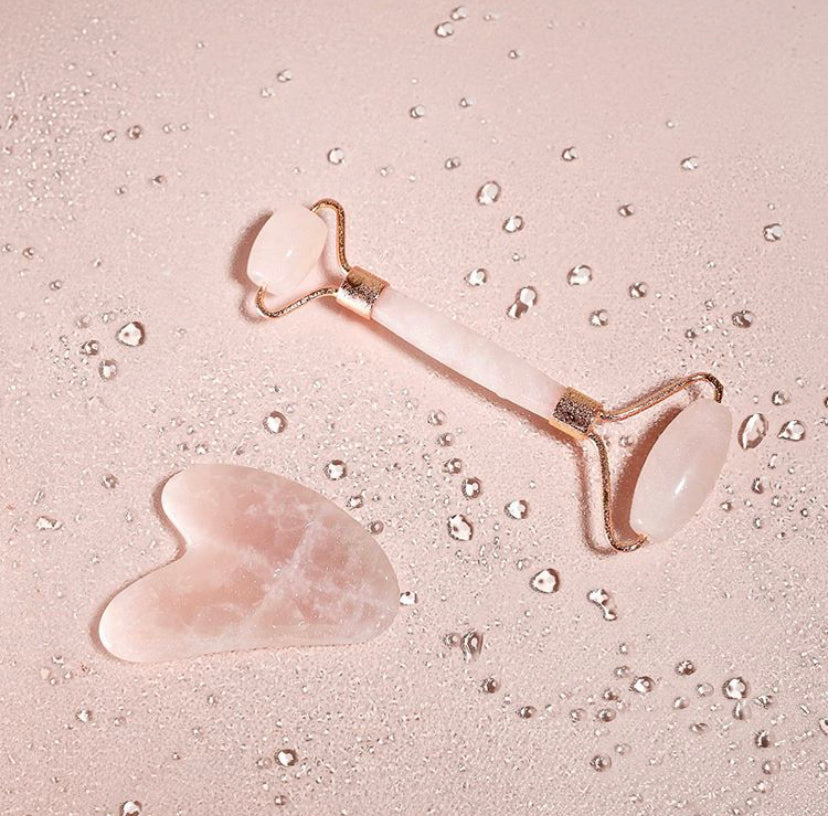
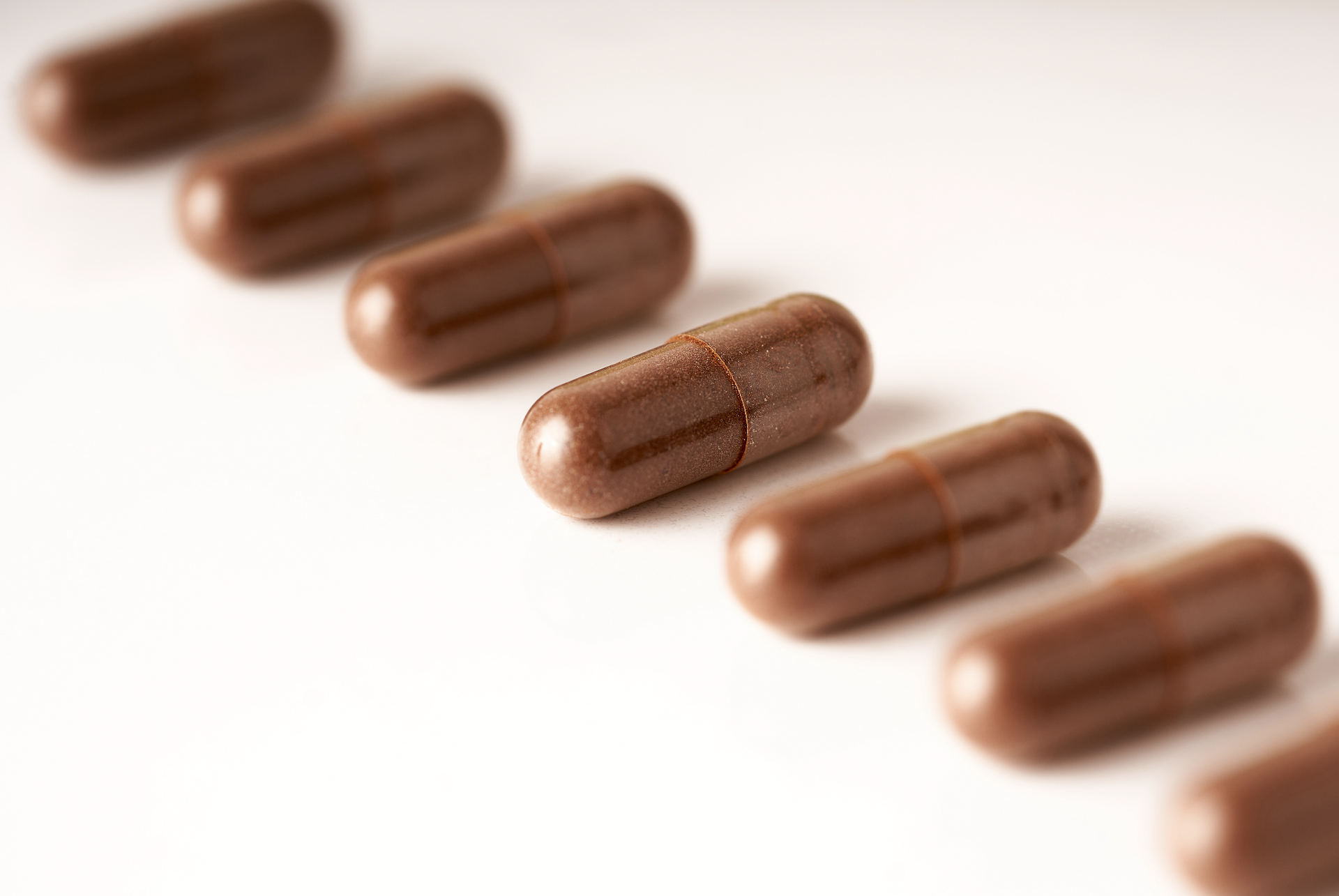
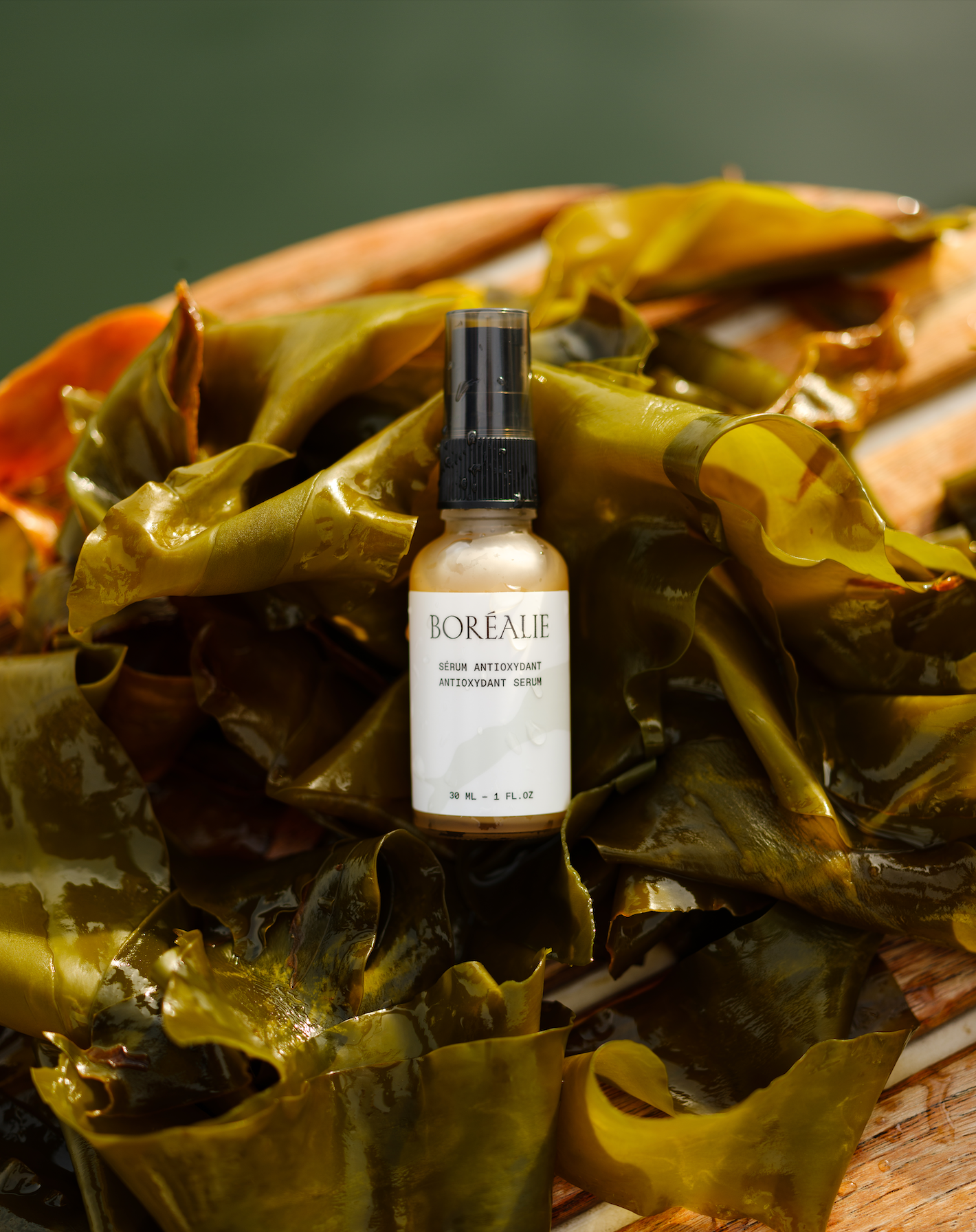
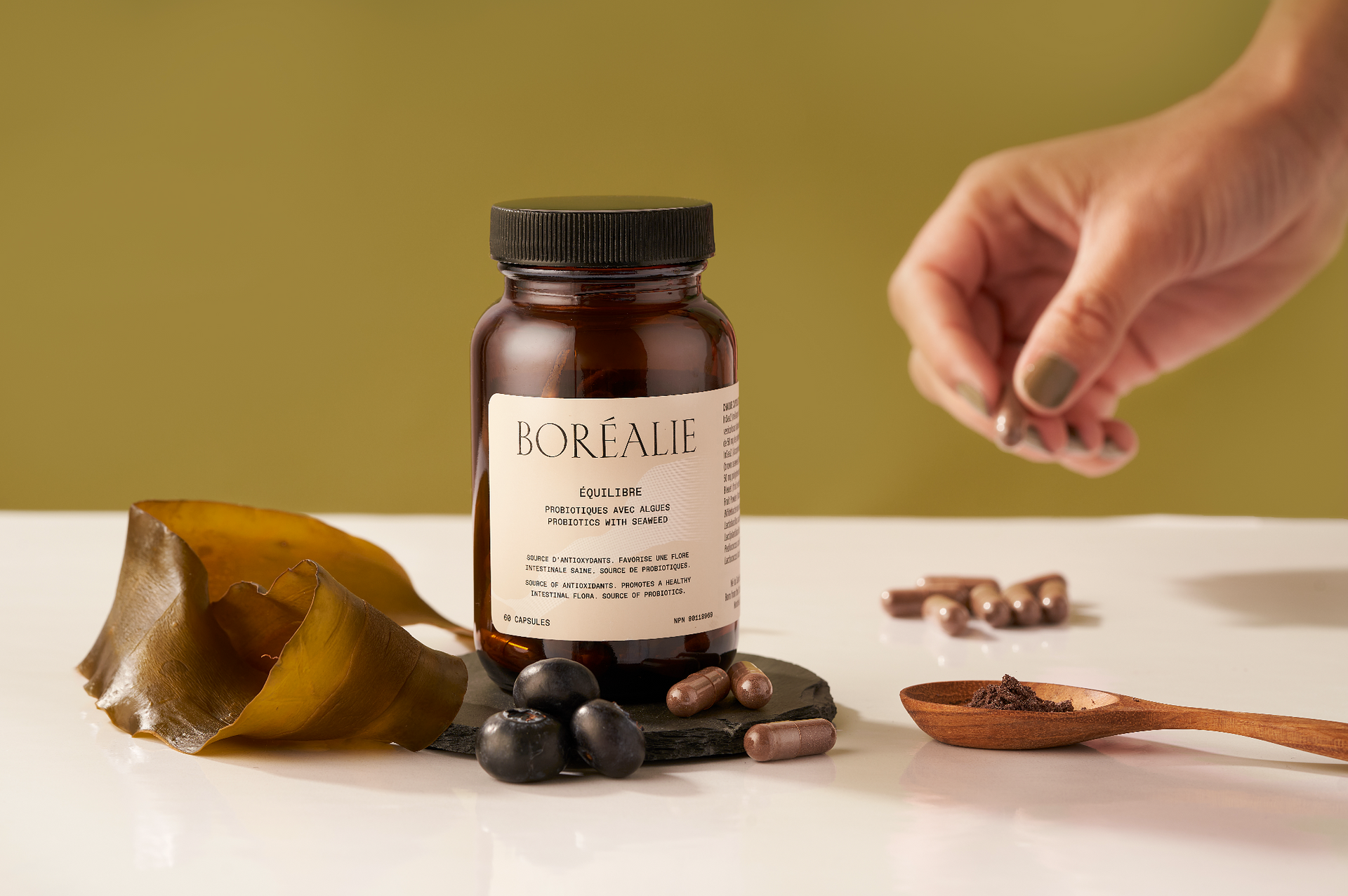
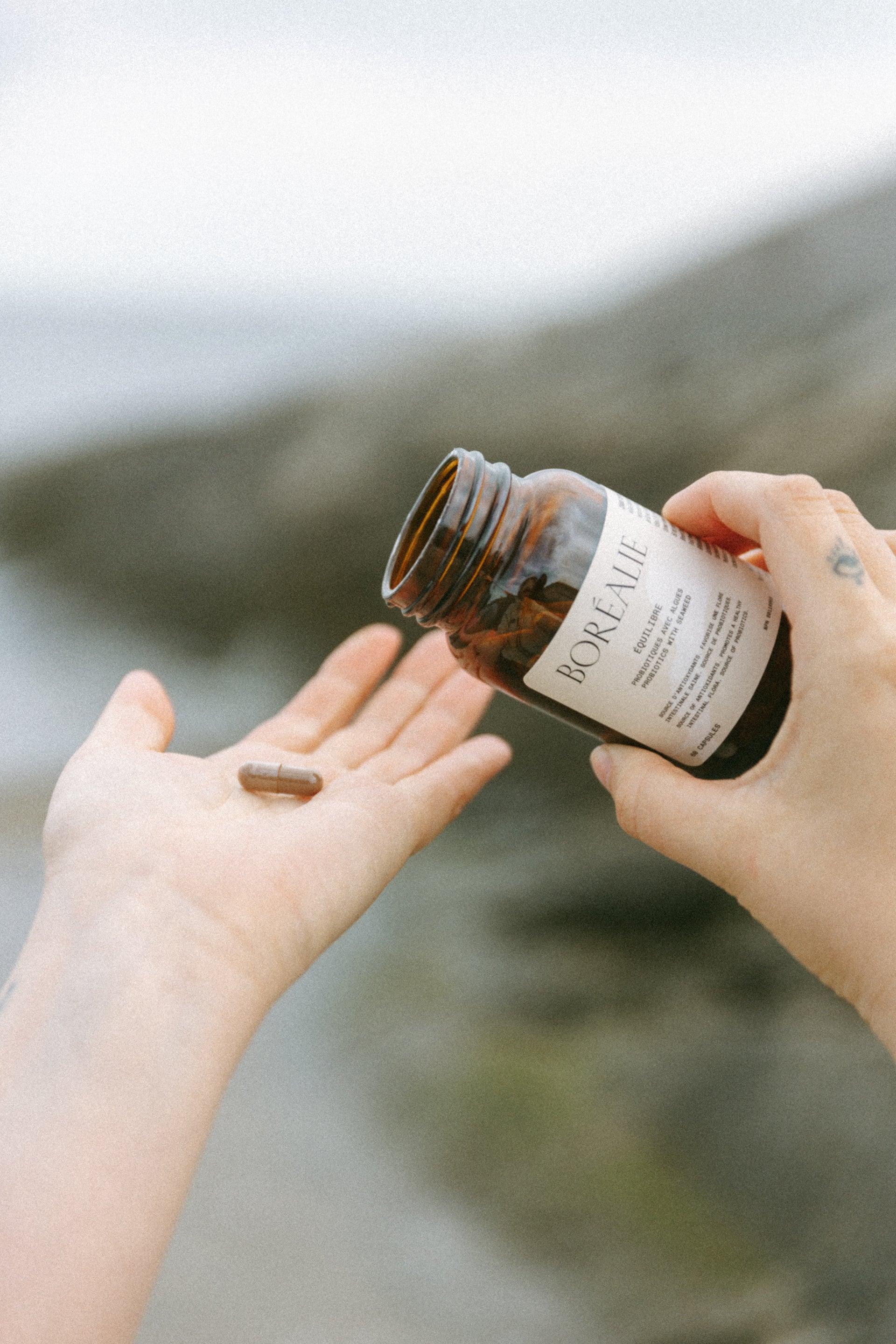
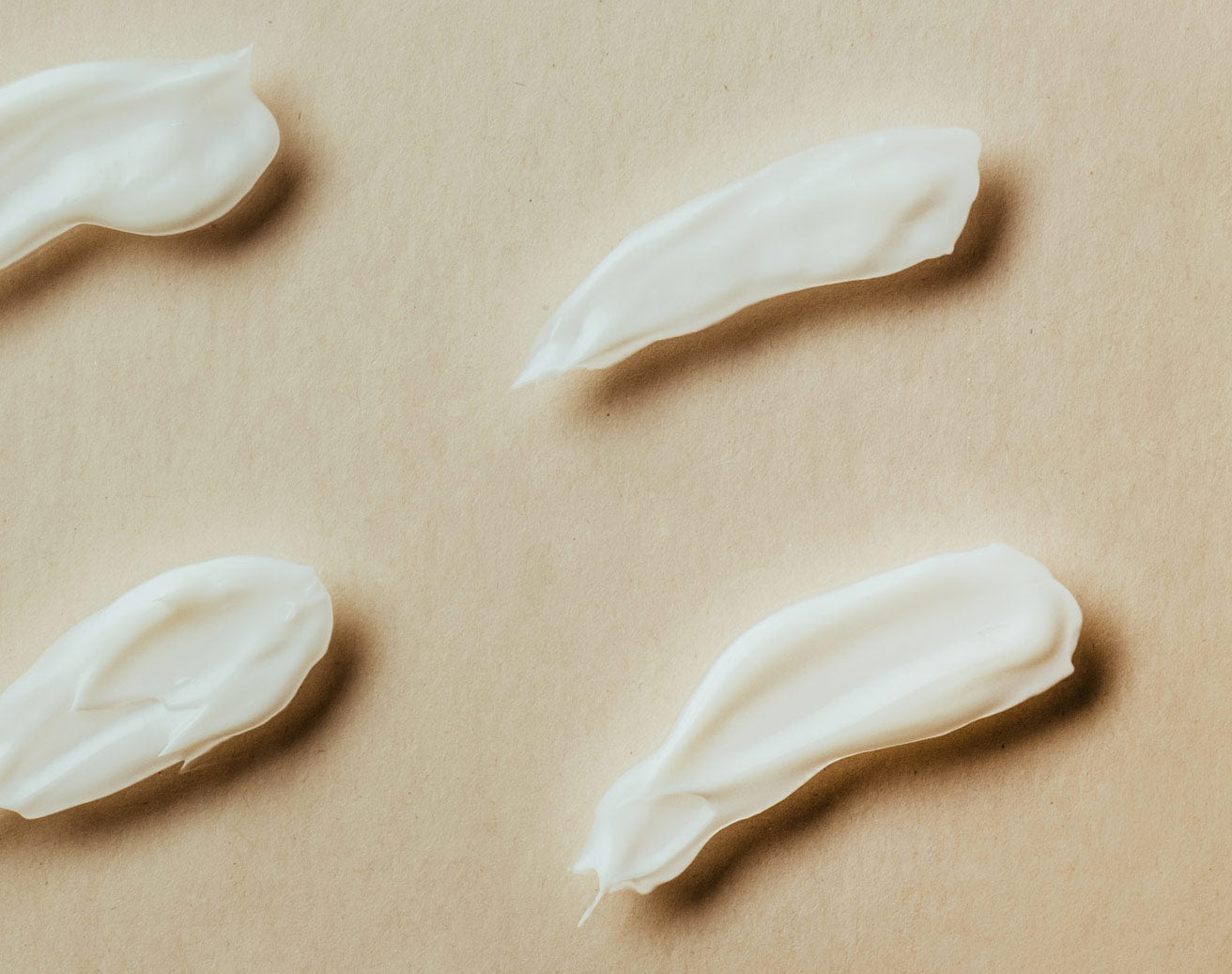
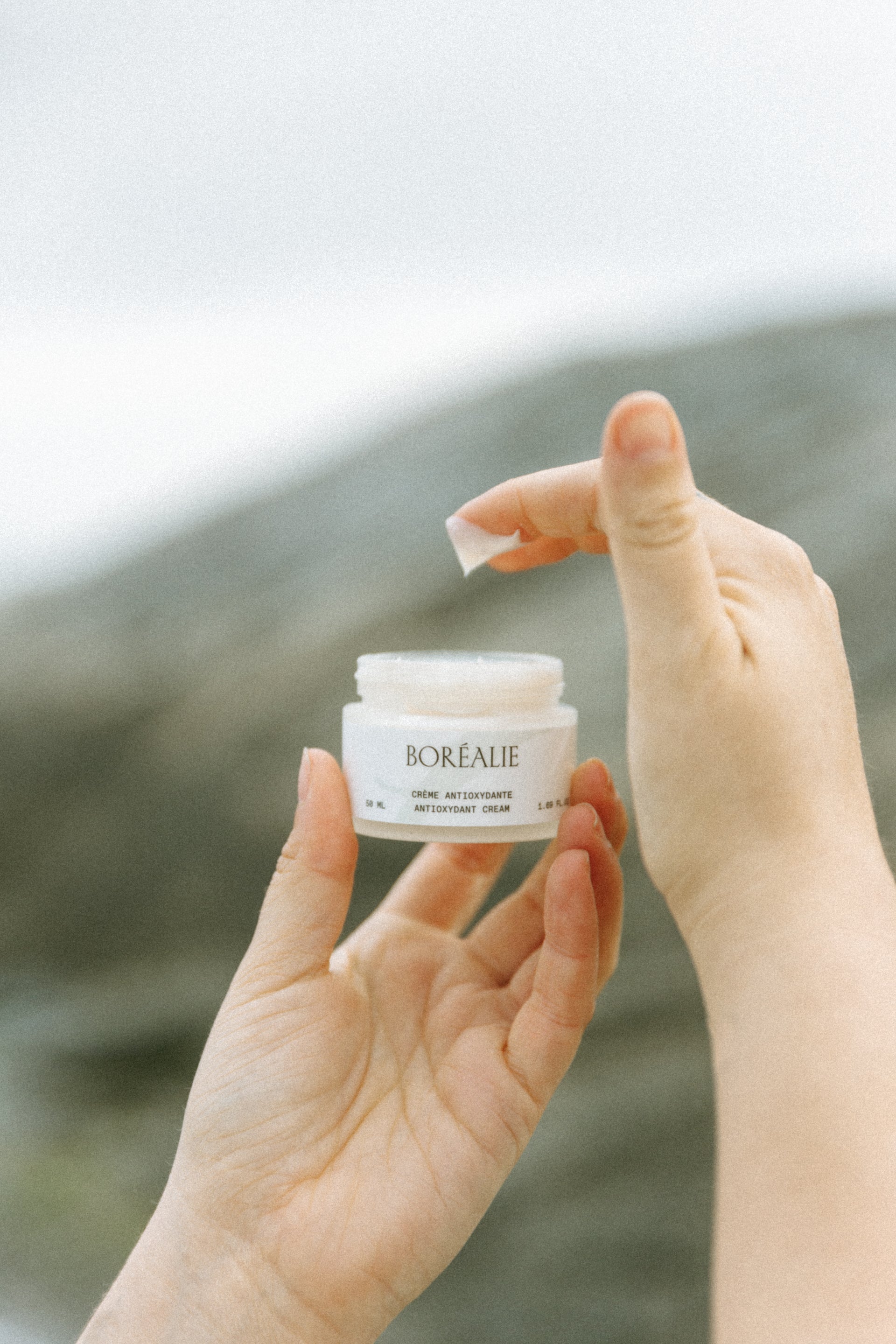
0 comments